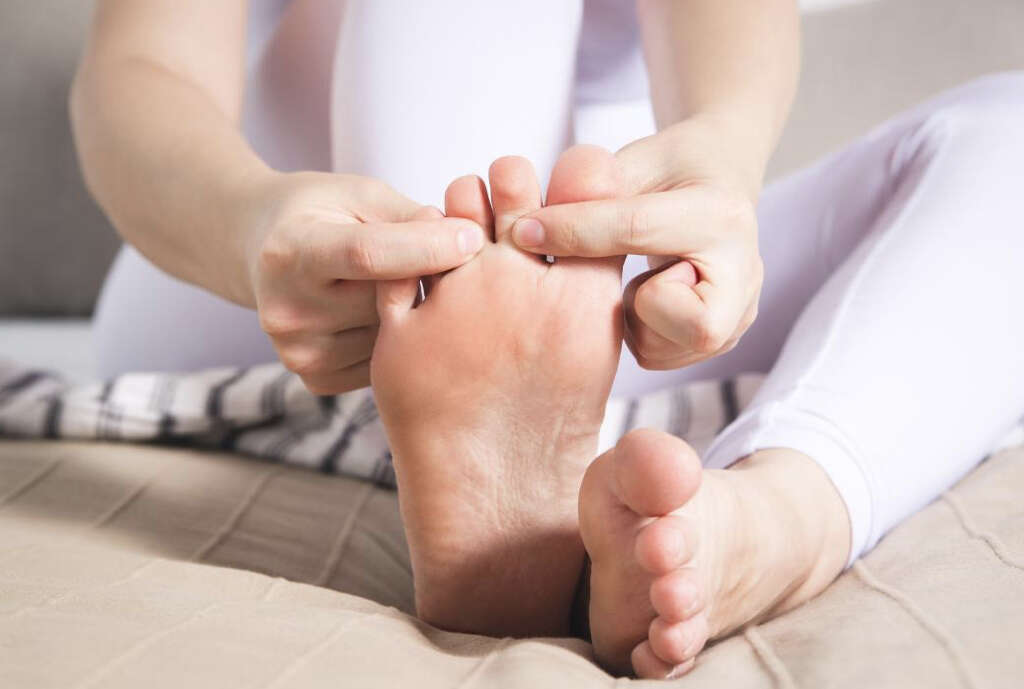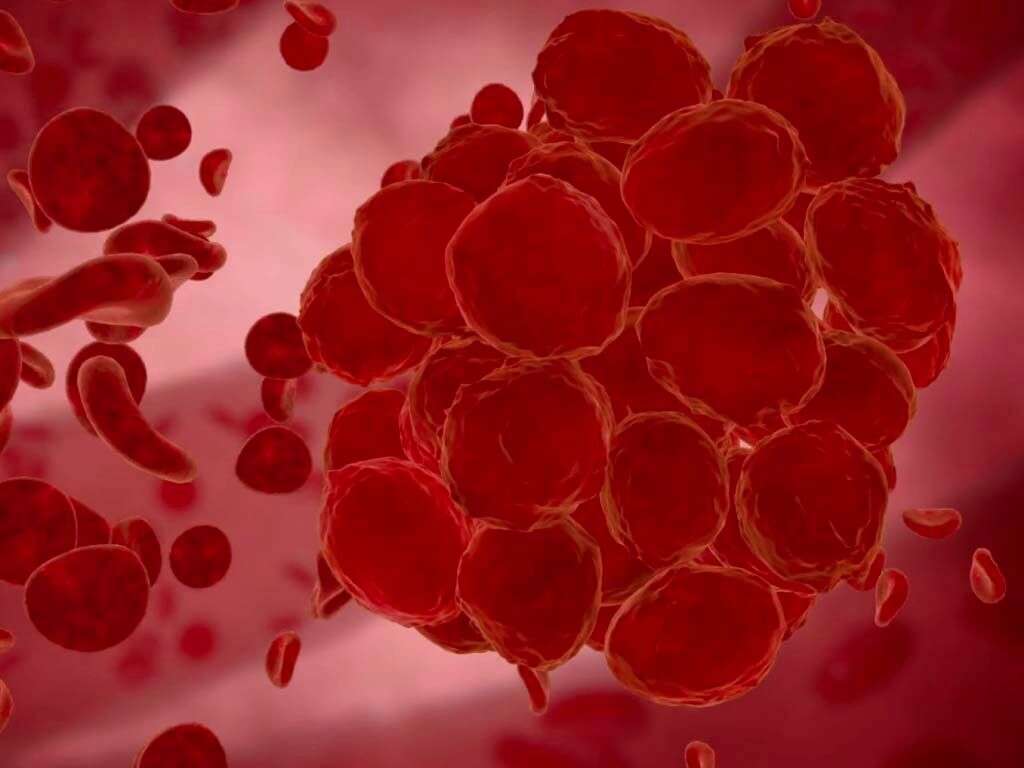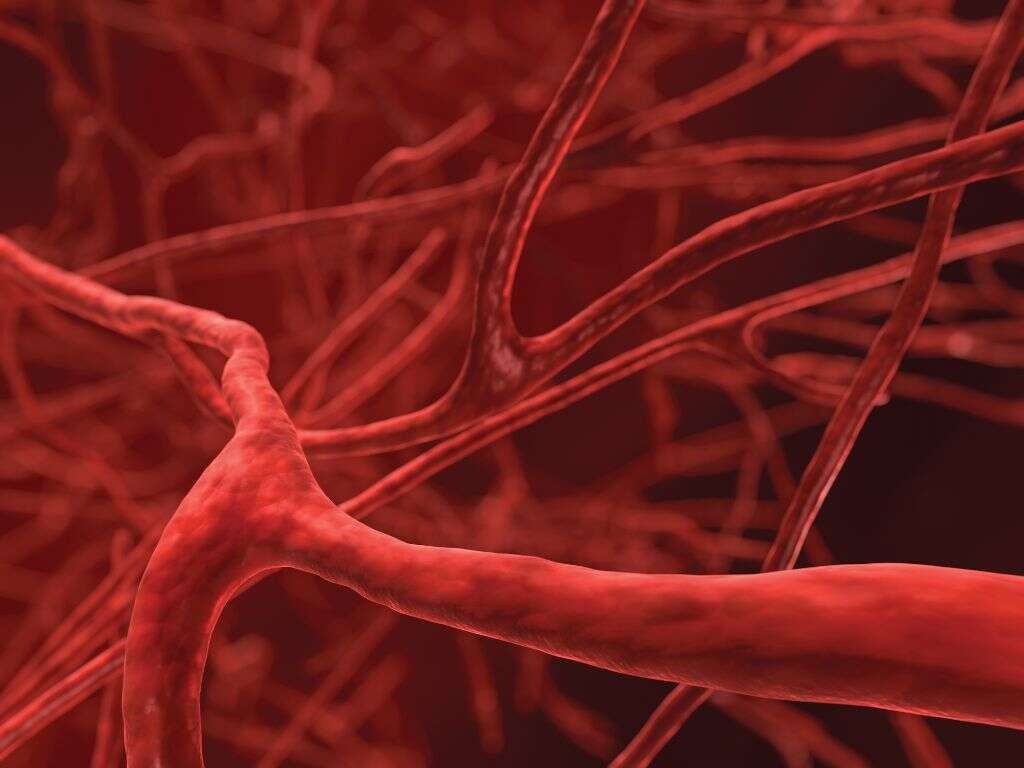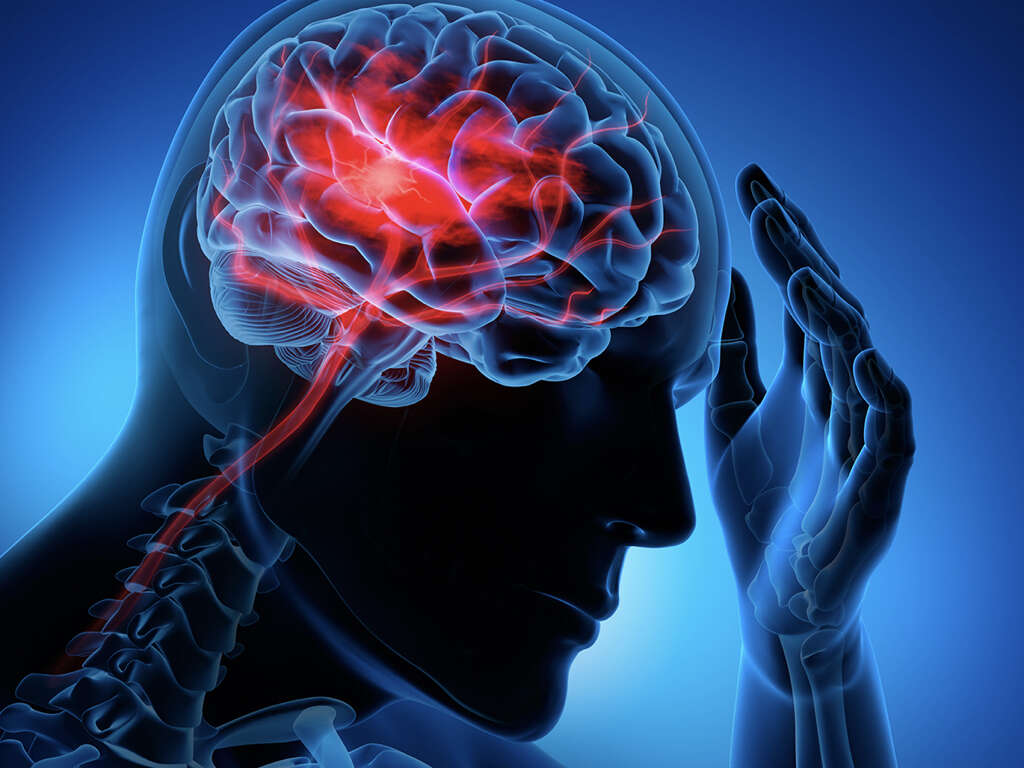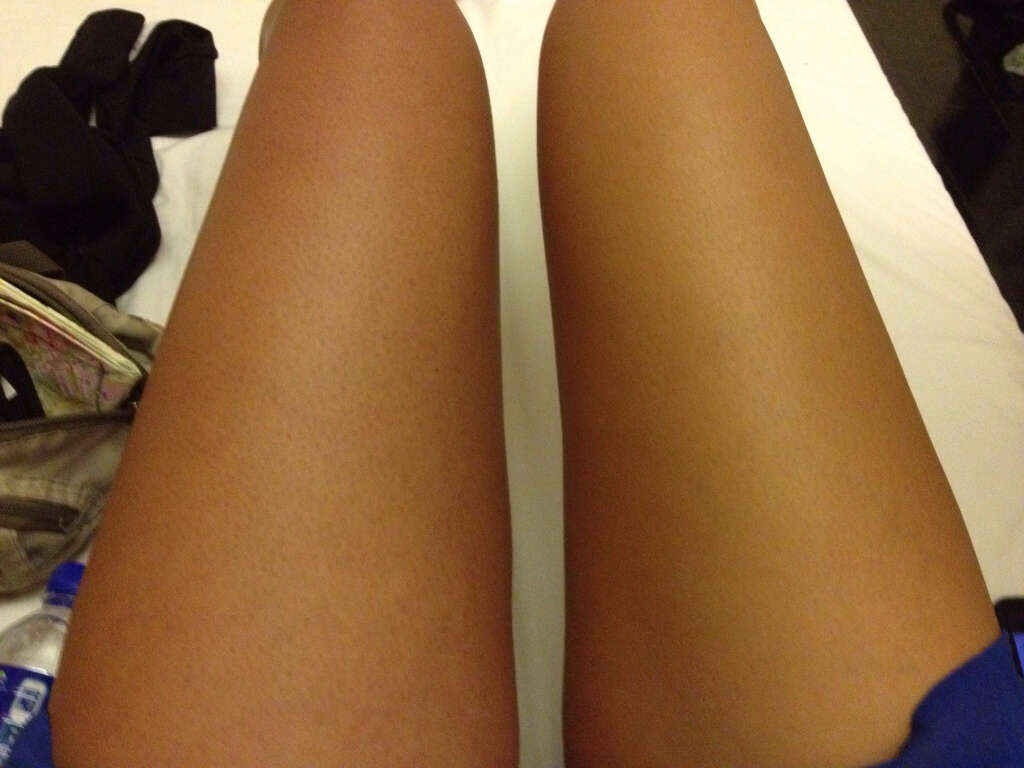Signs of DVT
2. Pain
When symptoms do arise, one of the most common of all is pain. The pain will understandably be located in the area where the clot is, and some patients describe it as though they have a muscle cramp or spasm. In cases of deep vein thrombosis, the patient will have difficulties in making the ‘cramps’ go away.
Some people might find that they only feel pain when they are standing or walking as the blood pressure in the area is increased. If you do have a pain of this nature and it won’t go away then you should consider finding out what is causing it.
Advertisement
